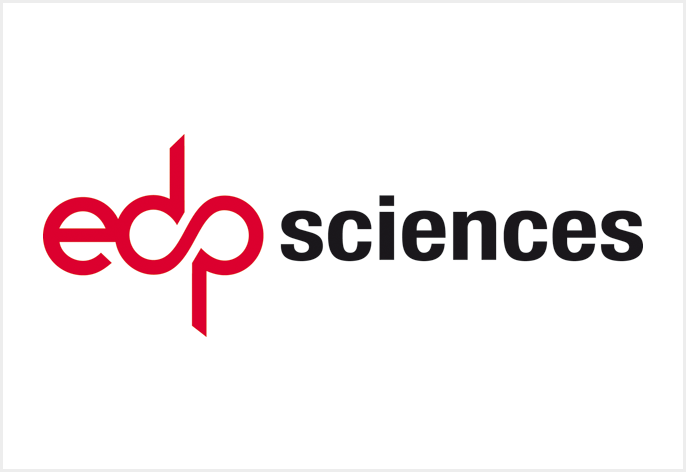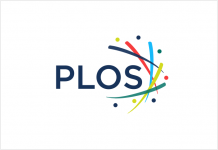
This news is part of EDP Sciences’ ongoing “Road to Open” series, now in its ninth update, which highlights our commitment to transparency in open access publishing. Here we focus on the importance of transparency in open access, at the occasion of the release of our 2024 transparency report, showcasing the financial and operational details of the Subscribe to Open model for mathematics journals. Transparency in open access publication, both financial and otherwise, ensures trust, accountability, and the integrity of the scholarly communication process. It allows researchers, institutions, and the public to understand the costs, funding sources, promoting equity and ethical practices in knowledge dissemination. Stay updated on our journey towards open science and join the conversation on social media with #RoadToOpen.
EDP Sciences and SMAI (Société de Mathématiques Appliquées et Industrielles) have just published their latest transparency report for 2024, marking the fourth consecutive year of open access (OA) publication under the Subscribe to Open (S2O) model – and the fourth transparency report. This initiative continues to enhance accessibility while maintaining a strong commitment to transparency and financial accountability for the six mathematics journals involved, promoting an equitable OA model that benefits both readers and authors.
The 2024 report highlights several key achievements and ongoing developments:
- Sustained Open Access: All six journals remain open access in 2024. This accomplishment results from successful subscription renewals and continued support from the global mathematics library community, who endorse the S2O model’s non-author-paid open access.
- Moderate subscription price increases: Subscription prices for the journals increased by 2% in 2023 and 2024, a modest adjustment reflecting inflation while maintaining affordability.
- Stable article output and usage: In 2023, the six journals published 449 articles, comparable to the previous year, with full-text downloads remaining steady at 436,655. This reflects stable engagement with the content despite the absence of a significant increase in downloads, likely due to the mathematics community’s reliance on preprint servers such as arXiv.
- Financial sustainability: The number of subscriptions continued to increase. Revenue from traditional subscriptions covered 51% of the publication costs in 2023, with additional funding from institutions and supporters. The average publication cost across the journals is €950 per article, and a concerted effort to reduce costs is ongoing. In 2023, 72% of costs were covered by combined revenue sources, marking an improvement in the financial outlook of the journals, though some deficit remains.
- Impact of national agreements, partnerships, and additional funding: The French National Open Access Agreement, in place until 2026, alongside a renewed partnership with Knowledge Unlatched, continues to provide crucial financial support. Further backing from the French Centre National de la Recherche Scientifique (CNRS) and the Fonds National pour la Science Ouverte (FNSO) has played an essential role in securing the transition to open access. These additional sources of funding, along with contributions from CNRS Mathématiques and institutional supporters, have bolstered the journals’ ability to cover publication costs. Together, these efforts ensure long-term sustainability while offering libraries transformative models that support open access without author charges.
This year’s report also includes an analysis of the evolution of subscription prices, detailed publication statistics, and a breakdown of revenue sources and publication costs. As the mathematics community continues to embrace non-author paid open access, EDP Sciences and SMAI remain committed to refining and improving the S2O model. The report reaffirms their dedication to fostering transparency, reducing costs, and expanding access to high-quality mathematical research.
























